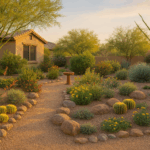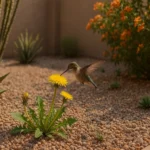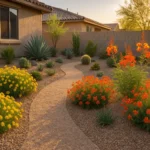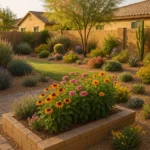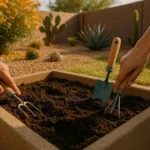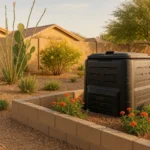Transforming your backyard into a habitat that embraces the natural beauty of the desert can be an enriching experience. Not only does it allow you to participate in conservation efforts, but it also creates a dynamic, living space that enhances your outdoor experience. This guide will help you create a flourishing backyard habitat in the Gilbert desert that attracts wildlife and pollinators, providing a haven for the local fauna and flora.
Understanding the Desert Landscape
The desert landscape in Gilbert is unique, characterized by low rainfall and high temperatures. This environment supports a variety of plant and animal species that have adapted to these harsh conditions. To create a thriving backyard habitat, it is crucial to understand and respect these characteristics. Start by familiarizing yourself with the local flora and fauna. By choosing native plants, you will create a more sustainable habitat that requires less water and care than non-native species.
Understanding the local wildlife is also key. Many species of birds, insects, and small mammals are native to the Gilbert area. By providing food, water, and shelter, you can attract these creatures to your backyard. Remember, every animal plays a role in the ecosystem, so try to create a balanced habitat that caters to a variety of species.
Choosing the Right Plants
Selecting the right plants is essential in creating a successful backyard habitat. Native plants are always the best choice as they are adapted to the local climate and soil conditions. They also provide the best food and shelter for native wildlife. Consider plants like the Palo Verde Tree, which not only provides shade but also produces seeds that are a food source for many birds and small mammals.
Flowering plants such as the Desert Marigold and the Arizona Poppy attract pollinators like bees and butterflies. Other plants like the Prickly Pear Cactus and the Cholla Cactus provide shelter for birds and other wildlife. Remember to choose a variety of plants to cater to the different needs of your backyard’s potential inhabitants.
Providing Water Sources
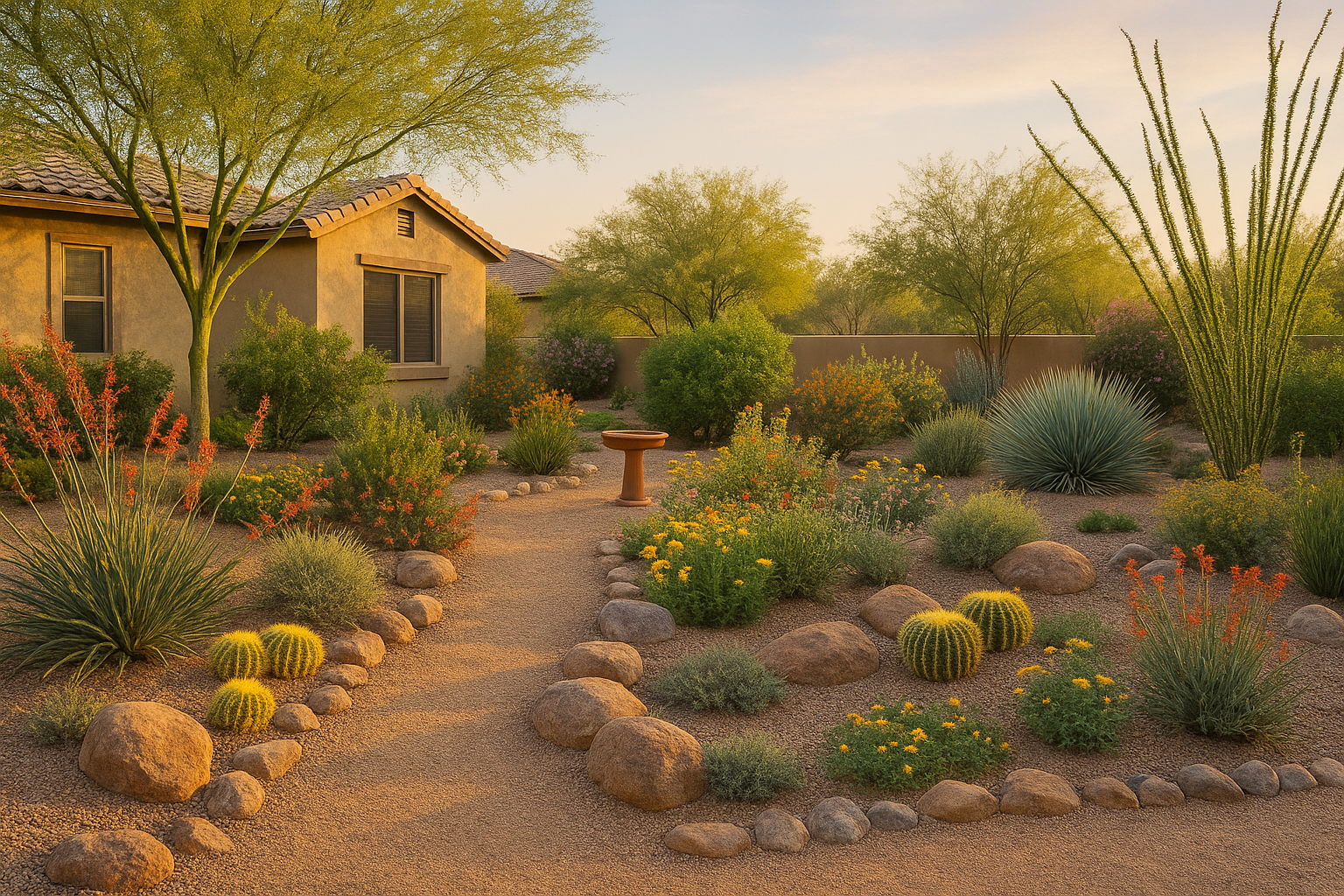
Water is a precious resource in the desert. By providing a consistent water source, you can attract a wider variety of wildlife to your backyard. Consider installing a bird bath or a small pond. Make sure the water source is shallow and easy to access. If you choose to install a pond, consider adding native aquatic plants to provide shelter and food for animals.
It’s important to keep the water source clean to prevent the spread of disease. Change the water regularly and clean the area around the water source. Make sure the water source is safe from predators to protect the wildlife that might visit.
Creating Shelter and Nesting Sites
Providing shelter and nesting sites is another key aspect of creating a backyard habitat. This can be as simple as leaving a pile of rocks or logs in a corner of your yard for small animals to hide in. Birdhouses and bat boxes can also be installed to provide nesting sites for these creatures.
Consider planting dense shrubs or trees that provide natural shelter. A variety of structures will cater to different species, increasing the biodiversity of your backyard habitat. Remember, diversity is the key to a healthy ecosystem.
Maintaining Your Backyard Habitat
Maintaining a backyard habitat in the desert doesn’t have to be a chore. Once you’ve established your habitat with native plants, it will require less water and care than a traditional lawn. Regularly check the water sources to ensure they are clean and easily accessible. Keep an eye out for invasive species that might disrupt the balance of your ecosystem.
Remember, creating a backyard habitat is about embracing the natural desert landscape, not trying to control it. Let nature take its course, and enjoy the beauty of your living, breathing backyard habitat.

